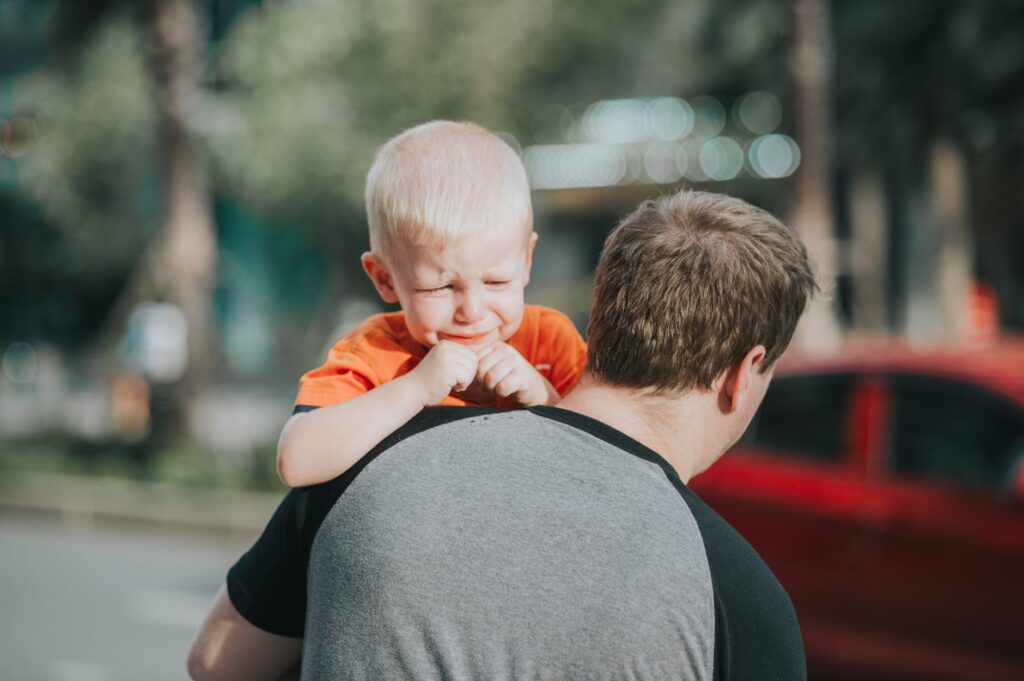As soon as I heard my baby’s first cry I knew he had my heart forever. He would grow up to be everything I had ever dreamed of. And he would always listen to me, since the saying goes – children should be seen not heard!
Man, was I in for a rude shock!
Slowly I began to realize that the saying was completely wrong and propagated dictatorship on my part. Of course, I do not have to say yes to everything my children ask – but I needn’t say no to everything too.
And the constant crying, yelling, shouting and stomping wasn’t helping either. I needed a plan, and slowly after reading many parenting books and attending parenting webinars a new truth emerged.
I learnt my now, favorite mantra:
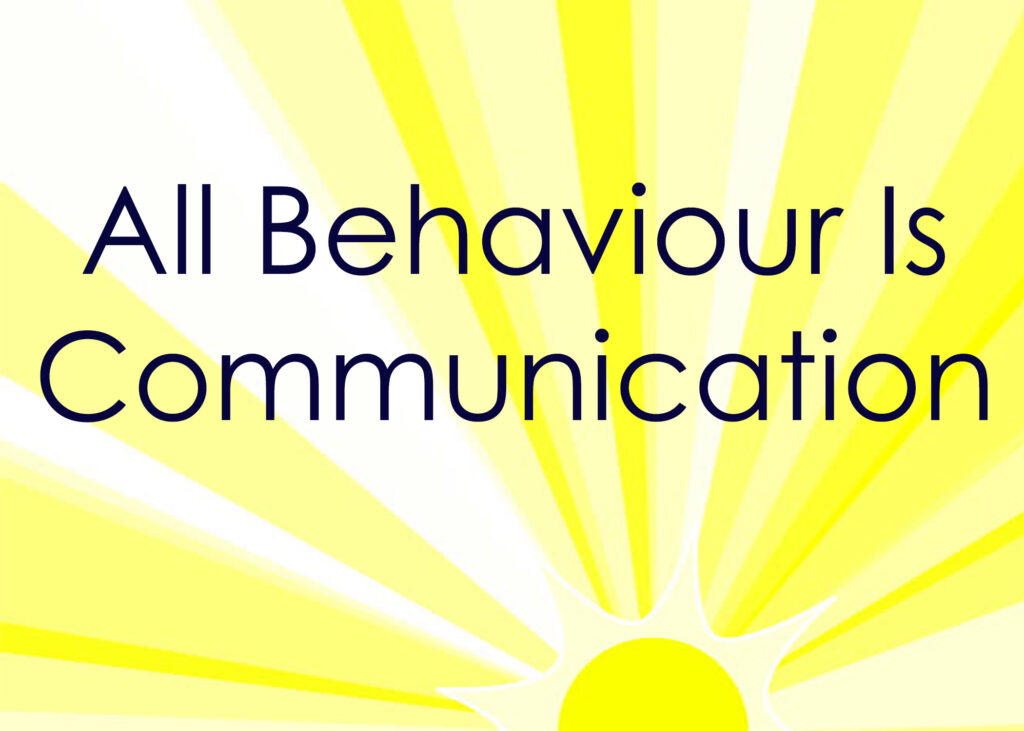
All behavior is an unmet need.
So began the realization that my children weren’t supposed to listen to me – I was supposed to listen to them. Identify triggers, read patterns, unpeel the behaviors, and understand their needs.
Following are a few concepts which led to this realization:
Top Down & Bottom Up Behaviors
According to Dr. Mona Delahooke there are two categories of behavior and each influenced by a different part of our brain. The first one is top down which we are all familiar with – that behaviour is intentional. The second is bottom up where behaviour is led by impulses, feelings and bodily needs and we have no control over it.
To understand this better, let’s begin with the concept of the upstairs and downstairs brain as given by Dr. Tina Payne Bryson and Dr. Dan Seigel.
The upstairs brain is our prefrontal cortex which helps us control impulses, make executive decisions, manage emotions, and regulate feelings. When activated the prefrontal cortex can:
- Plan, organize, and comprehend emotional situations
- Assess threat priority
- Access emotional memory
- Respond with thought and emotion
This is not fully developed in humans until 25 years.
The downstairs brain is our limbic system whose seat is the amygdala which is responsible for the flight or fight response and is the first responder in stressful situations. Most impulses in this area are not in our control.
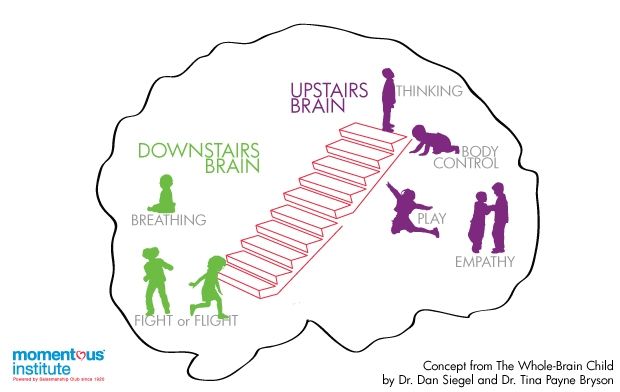
To understand more on the relationship of the prefrontal cortex and amygdala please read the article: Why are we overcome with emotions?
Top Down Behavior
Top-down behavior is that which is influenced by the prefrontal cortex and is usually found in adults due to the late development of the prefrontal cortex. The behavior is planned, assessed, intentional, mature, and strategized.
Bottom Up Behavior
Bottom-Up behaviors are impulsive, emotional, and not in our control. This is what we see a human do when they are not in control of how they move their body, or what they say or do. For example, an infant would have only bottom-up behaviors. They cry when they need milk and move if they have gas in their tummy. They have no control over these actions.
Even as children can walk and talk, it doesn’t mean they have all the mental capacities as adults do. That happens when they are about 25 years !
The myth is that our children act badly to trouble us, the truth is they are far more troubled in their minds and bodies to even think about us! They just want to fulfill a need or complete an emotion.
And our job is to listen with empathy and respond with curiosity, to do just that.
Adults live in the mind and children live in their bodies and emotions.
Dr. Lawrence Cohen
Behavior Iceberg
When your child says a mean thing or has a massive meltdown it is just the tip of the iceberg. We need to look at the layers underneath to understand the true reason of the unfortunate behaviour.
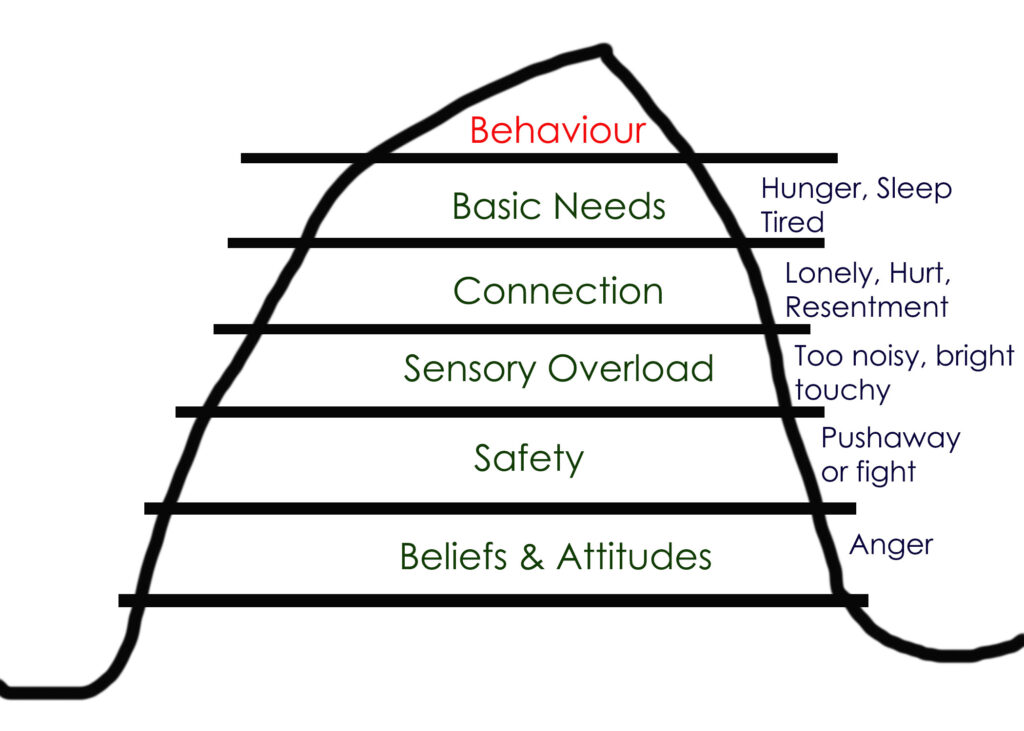
A good place to start is basic needs like hunger and sleep. This is the most frequent cause of misbehavior. After that is the lack of connection with primary caregivers. It leaves them lonely and vulnerable. Sometimes overstimulation of senses causes disorientation and irritation.
Then is safety. Here, safety means physical and emotional safety and the feeling of safety lies in the beholder. Are you communicating in a way that your child feels safe?
And lastly, your child also forms certain attitudes and beliefs about themselves and others – are these benefitting/harming them? Do they reflect your family values? Does your child believe that s/he is truly loved?
It is very important to ask these questions to yourself and them and discover the true reasons for behavior. This helps in addressing the root of the problem and finding healthy long lasting solutions.
Play rewind

Above shown is a concept by Dayna Abraham. The idea is to identify the triggers along the way (red dots) which caused the ultimate explosion (in the middle).
What we usually see, is the meltdown but fail to see all the negative interactions along the way which actually caused it or intensified it.
Like, you see your 6-year-old throwing down the lunch you prepared but you do not see that she was too hungry to care, she thought you love her brother more, she got scared of the lightning outside the window, she was very tired from school and she had a fight with her best friend.
Phew! That is a lot for us adults to manage too and she is a kid with an underdeveloped emotional manager (prefrontal cortex).
So instead of judging and jumping to conclusions – ask ! Be a detective and find out the reason behind the behavior. And listen to every word they say and even those that they don’t.
Changing Inner Beliefs & Attitudes
Our beliefs and values are the lens through which we see the world and everyone in it. It is a culmination of the values of our family, friends, teachers and society.
When we believe our children are intentionally troubling or disrespecting us – the natural reaction would be anger.
When we believe that our children are struggling and are unable to control their emotions & impulses – our natural response is empathy.
How we respond all starts with what we believe.
So believe that your children are not ‘bad children’ or do not exhibit ‘bad behavior’. They are children who need your empathy and understanding to identify their own feelings and learn how to regulate them.
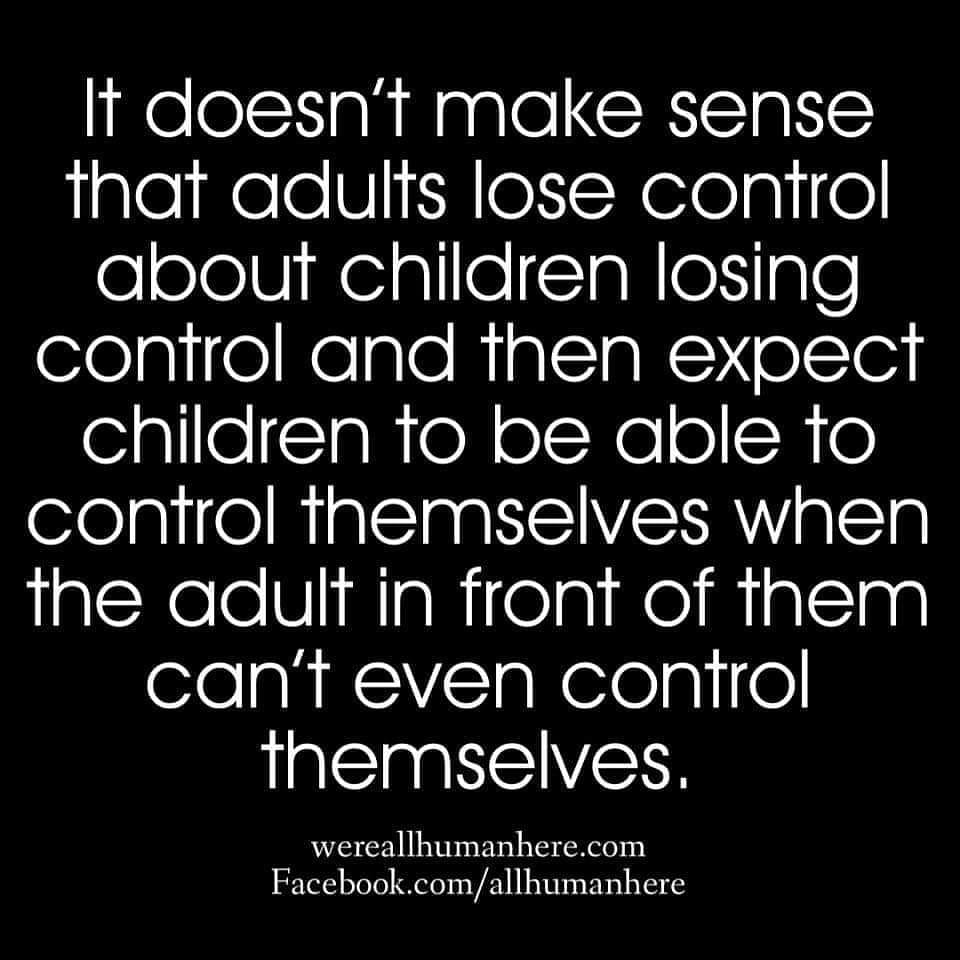
Your self regulation and role modelling will lead to effective co – regulation, which will prepare your children for life’s many ups and downs.
So stop wanting that your children listen to you – go listen to them!

